Exploring the Future: How Robot Pets Are Transforming Companionship and Interaction
In recent years, the rapid advancement of technology has revolutionized various aspects of our daily lives, and one of the most intriguing developments is the emergence of robot pets. These innovative companions are designed to mimic the behaviors and emotional responses of real animals, offering a unique blend of companionship and interaction that is historically reserved for living pets. As society grapples with increasing loneliness and a desire for connection, robot pets are stepping in to fill the void, providing comfort and companionship without the responsibilities that come with caring for a traditional pet.
The integration of artificial intelligence in robot pets allows them to learn and adapt to their owners' preferences, enhancing the experience of companionship. This adaptability is especially beneficial for individuals who may be unable to care for live animals due to allergies, mobility issues, or busy lifestyles. Additionally, robot pets can also serve therapeutic purposes, offering emotional support and reducing feelings of isolation. As we explore the transformative impact of robot pets on modern companionship, it becomes clear that these sophisticated creations are not only redefining how we interact with animals but also how we connect with each other in an increasingly digital world.

The Evolution of Robot Pets: A New Era in Companionship
The evolution of robot pets marks a significant shift in how we perceive companionship and interaction in our daily lives. Traditionally, pets have provided emotional support and companionship to millions of people. However, advancements in technology have given rise to robot pets that mimic those qualities while offering unique benefits. These robotic companions are designed to engage users through simulated behaviors, enabling meaningful interactions that can alleviate loneliness, especially among the elderly or those with limited mobility.
As the design and intelligence of robot pets continue to improve, their ability to form bonds with humans becomes increasingly pronounced. Enhanced artificial intelligence allows these devices to learn individual preferences and adapt their responses accordingly. For instance, they can recall a user's name, respond to commands, and even offer affection through touch-sensor features. This personalization transforms the experience, making each interaction feel more authentic and emotionally fulfilling. The emergence of robot pets signals a new era in companionship, integrating technology into aspects of our lives that were once the exclusive domain of living beings, thereby reshaping how we connect and communicate with each other.
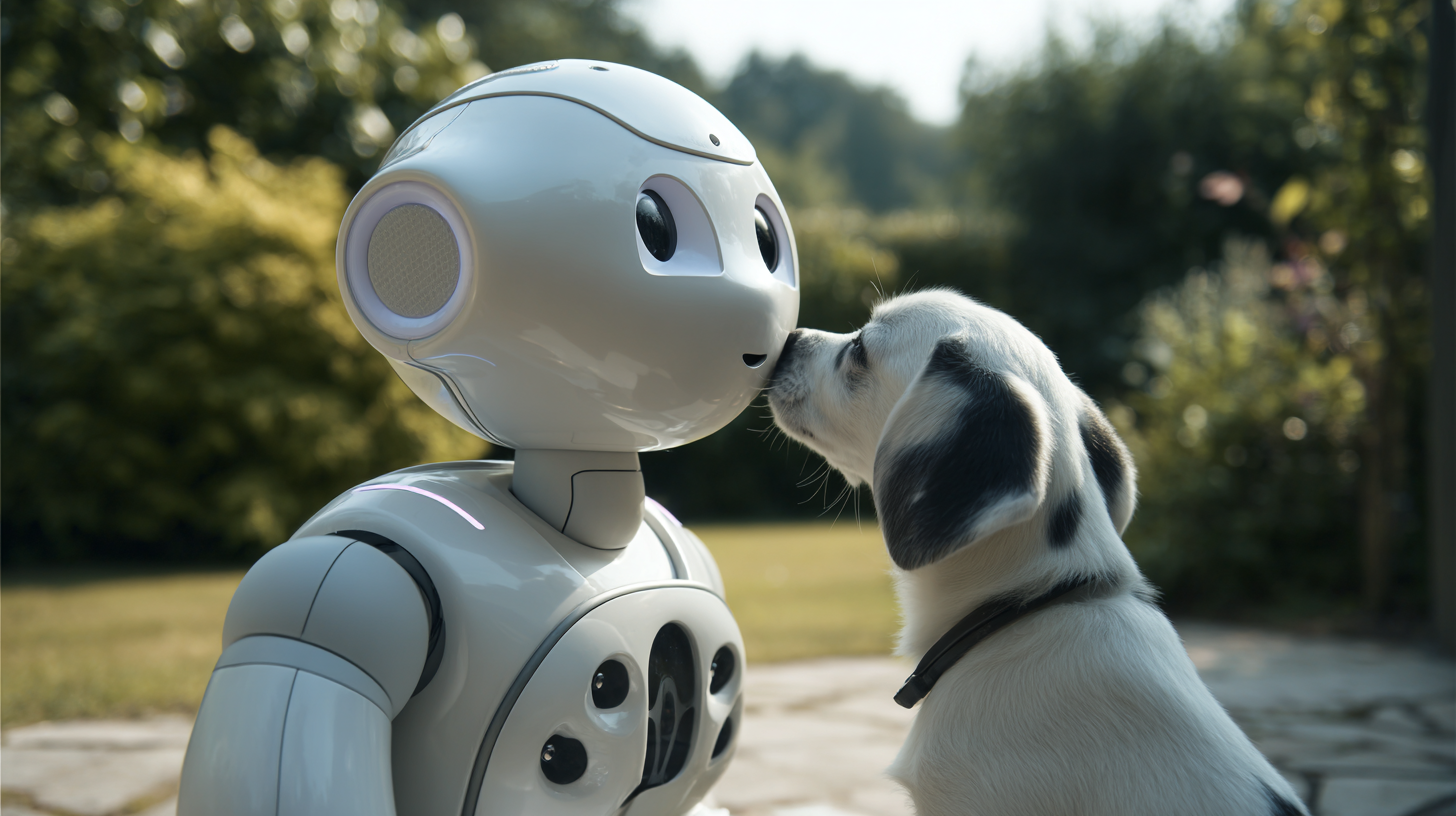
Understanding the Technology Behind Robot Pets and AI Interaction
The rise of robot pets is not just a fad; it's a manifestation of how technology is reshaping companionship and interaction. Understanding the technology behind these robotic companions involves delving into advances in artificial intelligence and robotics. Many of these pets are equipped with sophisticated sensors and machine learning algorithms that allow them to perceive their environment, recognize faces, and respond to voice commands. This technology enables them to simulate emotional responses, creating a sense of connection that mimics that of traditional pets.
Tips for choosing a robot pet include evaluating your needs and environment. Consider factors such as the size and behavior of the device. Some robot pets are designed for minimal interaction, while others require regular engagement to function fully. Additionally, assess the robot's compatibility with your smart home devices; seamless integration can enhance your experience and usability.
Moreover, be mindful of the maintenance required for your robot pet. Regular battery checks, software updates, and cleaning can prolong its life and effectiveness. Understanding these factors not only enriches your interaction but also ensures that your companionship with your robot pet remains rewarding and engaging.
The Emotional Impact of Robot Pets on Human Well-being
The rise of robotic pets is reshaping how companionship and emotional support are delivered, particularly for vulnerable populations such as the elderly and those dealing with mental health challenges. Recent advancements in AI and robotics have led to the creation of lifelike robotic companions that can provide comfort and reduce feelings of loneliness. Studies indicate that these robotic pets can serve as effective emotional support, particularly for individuals with dementia, PTSD, and autism, addressing a growing need for mental health resources. The National Institute of Mental Health emphasizes the importance of social support for well-being, and robotic pets are emerging as a viable alternative for those unable to own traditional pets.
However, the benefits of robotic companions are not without controversy. A recent study contradicts the widely held belief of a universal "pet effect," with findings from data collected during the COVID-19 lockdowns suggesting that the anticipated happiness boost from pet ownership may not be universally applicable. Additionally, ethical considerations surrounding attachment to AI companions are raising questions about their long-term impact on mental health. The potential for robotic pets to assist in therapeutic settings has sparked interest in their integration into elder care and mental health support frameworks, but further research is essential to fully understand their emotional impact and efficacy.
Exploring the Future: How Robot Pets Are Transforming Companionship and Interaction - The Emotional Impact of Robot Pets on Human Well-being
| Aspect | Impact on Human Well-being | Average User Rating (1-5) | Common User Age Group | Primary Benefits |
|---|---|---|---|---|
| Social Interaction | Improves feelings of loneliness and isolation | 4.5 | 65+ | Enhances emotional support |
| Therapeutic Benefits | Reduces anxiety and depression symptoms | 4.7 | 30-50 | Provides emotional comfort |
| Engagement | Stimulates mental activity and engagement | 4.3 | 20-35 | Encourages physical interaction |
| Educational Use | Teaches responsibility and care | 4.6 | 8-15 | Enhances learning experiences |
| Physical Activity | Encourages movement and activity | 4.2 | All Ages | Promotes physical health |
Comparing Traditional Pets and Robot Pets: Pros and Cons
As technology advances, robot pets are becoming an increasingly popular alternative to traditional pets. Each option comes with its own set of advantages and challenges. Traditional pets, such as dogs and cats, offer companionship, emotional support, and the joy of nurturing a living being. However, they require time, effort, and financial commitment—think expenses like food, grooming, and veterinary care. On the other hand, robot pets provide companionship without the same responsibilities, allowing for interaction and entertainment without the need for daily maintenance.
When considering robot pets, it’s essential to assess their unique benefits. One key advantage is their ability to adapt; many robot pets can respond to their environments and owners, offering customized interactions. Additionally, they are perfect for individuals with allergies or limitations that prevent them from caring for live animals. However, they may lack the emotional depth and genuine loyalty that come with living companions.
Tips for Choosing Between Traditional and Robot Pets:
- Evaluate your lifestyle: Consider your daily routine and how much time you can devote to a pet.
- Assess your living situation: Some living environments are more suited for traditional pets, while others may be better for robot alternatives.
- Think about emotional needs: Determine if you're seeking unconditional love and companionship or simply interaction and entertainment without the obligations of pet ownership.
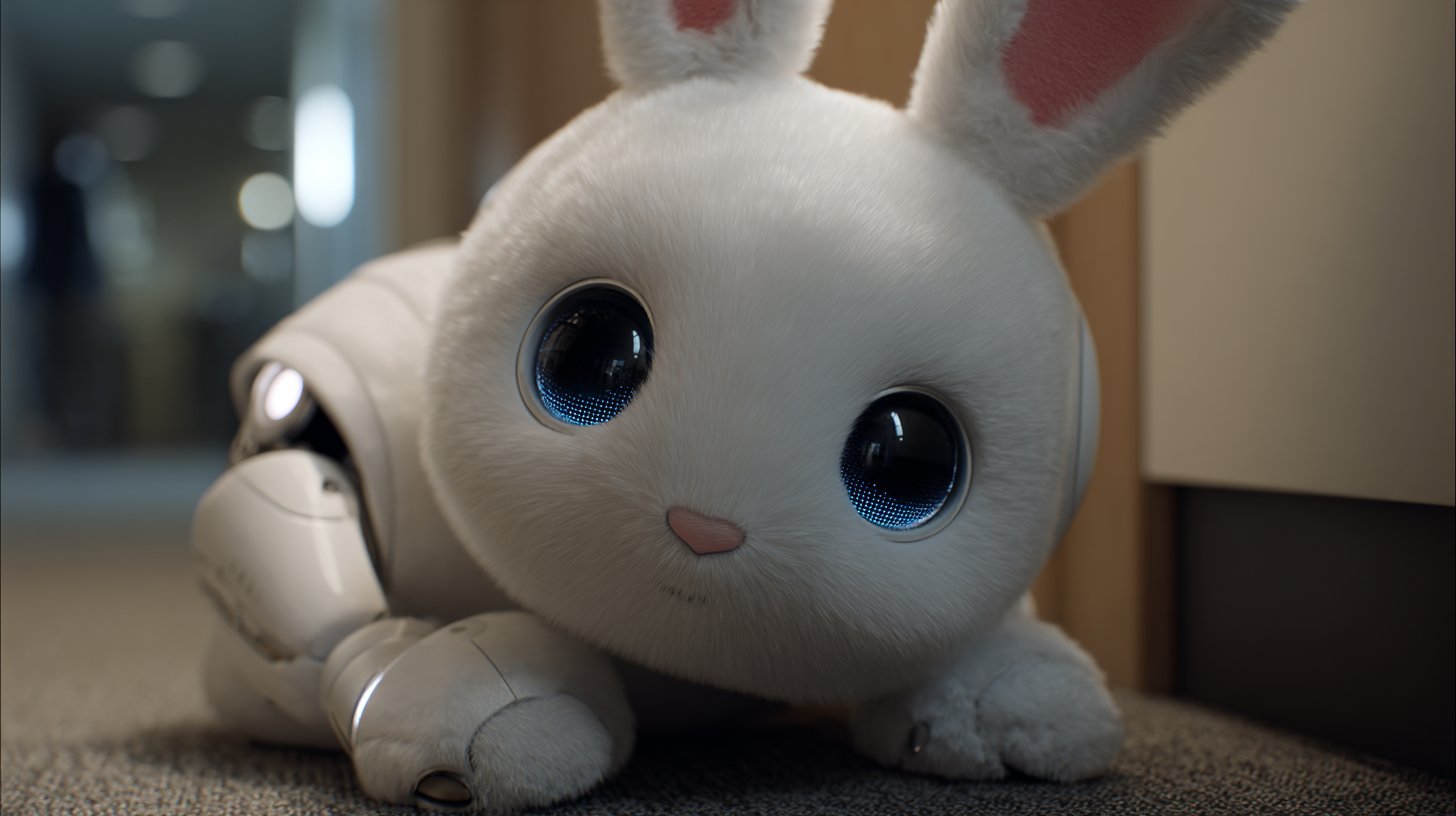
Future Trends in Robot Pets: Innovations and Societal Implications
The evolution of robot pets is set to redefine companionship in the coming years, driven by rapid advancements in artificial intelligence and robotics. As highlighted in recent discussions at CES 2025, industry leaders point out a significant shift towards creating more sophisticated and emotionally responsive robotic companions. Innovations in AI technologies are enabling these robotic pets to understand and interact with their owners on a deeper level, contributing positively to mental health and social interactions. Reports indicate that the market for companion robots could see a staggering growth, projected to reach $12 billion by 2025, reflecting a societal shift towards integrating technology into daily life.
Moreover, the implications of incorporating robot pets into households extend beyond mere companionship; they present a revolutionary approach to enhancing emotional well-being. Insights from a recent study demonstrated that 62% of participants felt that robot pets could alleviate feelings of loneliness and anxiety, showcasing their potential therapeutic benefits. As consumer technology continues to evolve at events such as the AWE in Shanghai, the focus on creating smart living experiences will likely foster a future where robot pets become integral members of family dynamics, further transforming how we perceive interaction and companionship in our increasingly digital world.
Future Trends in Robot Pets: Innovations and Societal Implications
Related Posts
-
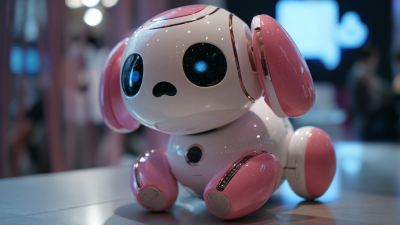
Discover the Future of Companionship: How Robot Pets are Changing Lives
-
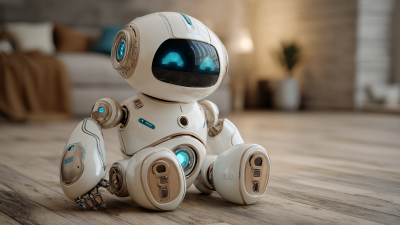
Exploring the Benefits of Robot Pets in Modern Psychological Therapy and Stress Relief
-

Exploring the Future of Online Robots in Everyday Life and Digital Interactions
-

Revolutionizing Efficiency: The Future of Packaging Robots in Smart Warehousing
-
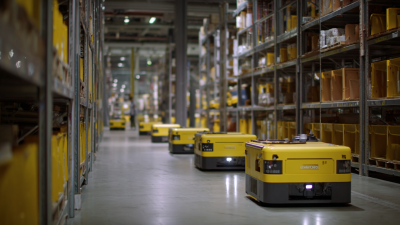
Revolutionizing Logistics: How Warehouse Automation Robots are Shaping the Future of Supply Chains
-
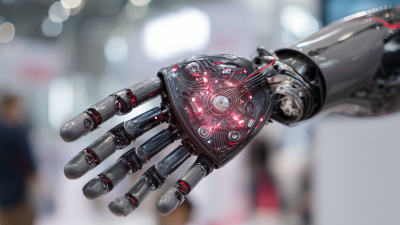
Exploring Robotic Process Automation Tools at the 2025 China 138th Canton Fair Insights and Innovations
Smart Robotics brand movie
Watch video


